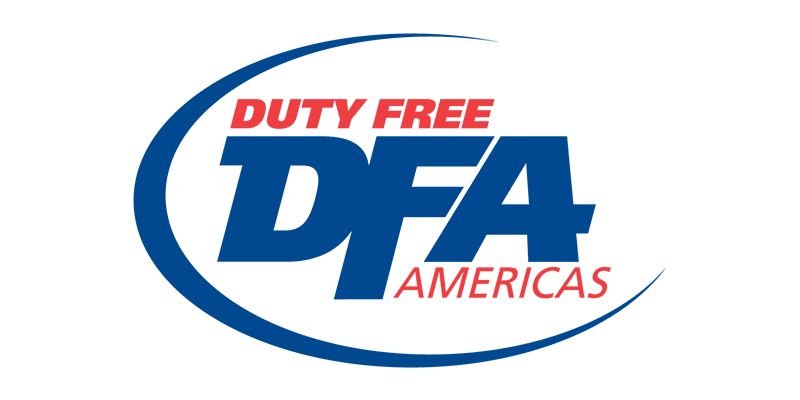
The failure in repealing ObamaCare has increased pressure on Trump to deliver on his fiscal plan. Since savings in healthcare will not decrease the baseline, and other funding cuts have been redeployed into defense spending, the Border-Adjustment Tax (BAT) emerges as the only source for financing the promised tax cuts to corporations and individuals.
House Speaker Paul Ryan has ideologically framed the BAT as a matter of correcting disadvantages on US trade positions due to the presence of Value-Added Taxes (VAT) in US trading partners – the US is one of the very few countries that does not apply VAT, charging a Sales Tax instead.
The argument goes as follows: VAT countries apply VAT to imports, whilst the US does not excise any tax on them. Conversely, VAT countries exempt exports from VAT, whilst the US “indirectly” levies exports by taxing US companies on their worldwide income, something most trading partners refrain from doing. Under this token, US exporters are disadvantaged whilst US local producers suffer unfair competition from abroad.
This asymmetry may look like a conflict of tax systems, but a closer look at the problem reveals that this is not the case. The VAT is a cumulative tax paid alongside the value chain, whereby every intermediate producer nets VAT charged on sales with VAT paid on supplies; the Sales Tax, on the contrary, is paid only by the end consumer, leaving intermediate transactions untaxed. In principle, both taxes should yield the same result, the main difference being that under a VAT system, taxes are collected incrementally and more effectively – as every intermediate seller acts as a tax collector.
When a producer from a VAT country exports into the US, the exporter does not apply VAT and is allowed to “zero-net” any VAT paid. This rebate does not constitute an export subsidy, but a necessary adjustment so that the product can export tax-free. When the product enters the US market, both foreign exporter and local producer are on an equal footing, as neither of them has to pay taxes to their suppliers; the end product being subject to a Sales Tax.
The problem on the exporting side is not one of different consumption taxes between countries, but the scope of taxation. The US aims to tax worldwide income of both corporations and individuals. This is a self-inflicted problem that could be corrected by simply refraining to do so, as most countries do. Ryan’s plan proposes instead to lower corporate taxes and grant tax credits on exports (one side of BAT). This will incentivize US companies to bring production and jobs back to the US, but will also decrease tax revenues.
It is here that the other side of BAT comes to the rescue. By not allowing US companies to deduct imports as expenses, corporate tax collection will substantially increase (the US is a net importer) and, as a side effect, local firms will be promoted by imposing a hidden tariff on imports. The real nature of BAT starts to reveal itself; its aim is not one of fairness, but of creating jobs and improving US competitiveness by subsidizing its national industry.
There is huge opposition to BAT, both from US trading partners – it bluntly contravenes WTO rules – as well as domestically. Corporate America is divided in two on the issue. Net exporters, like Boeing, Intel or Merck, can see their profits skyrocket, whilst importers like Wall Mart, Home Depot or Exxon, may be severely impacted. The latter can be “massaged” by a lower statutory tax rate, but if this exacerbates the fiscal deficit, the libertarian wing of the GOP will revolt. Does tax reform look easier than the replacement of ObamaCare?
Fernando de Frutos, MWM Chief Investment Officer
* This document is for information purposes only and does not constitute, and may not be construed as, a recommendation, offer or solicitation to buy or sell any securities and/or assets mentioned herein. Nor may the information contained herein be considered as definitive, because it is subject to unforeseeable changes and amendments.
Past performance does not guarantee future performance, and none of the information is intended to suggest that any of the returns set forth herein will be obtained in the future.
The fact that BCM can provide information regarding the status, development, evaluation, etc. in relation to markets or specific assets cannot be construed as a commitment or guarantee of performance; and BCM does not assume any liability for the performance of these assets or markets.
Data on investment stocks, their yields and other characteristics are based on or derived from information from reliable sources, which are generally available to the general public, and do not represent a commitment, warranty or liability of BCM.


